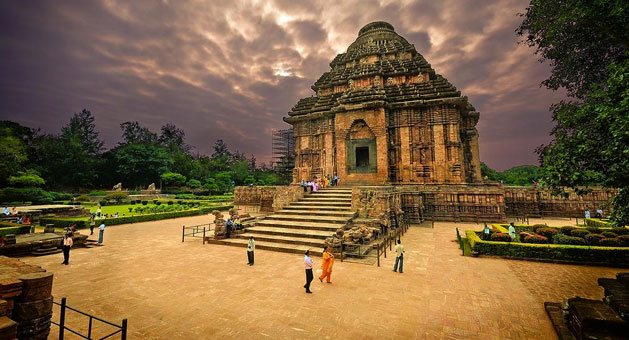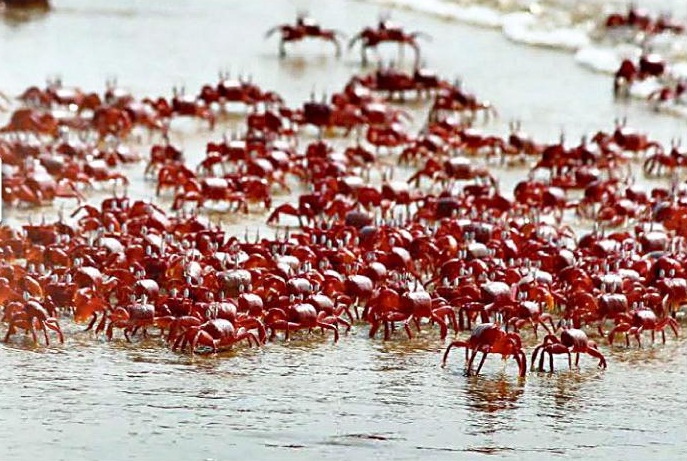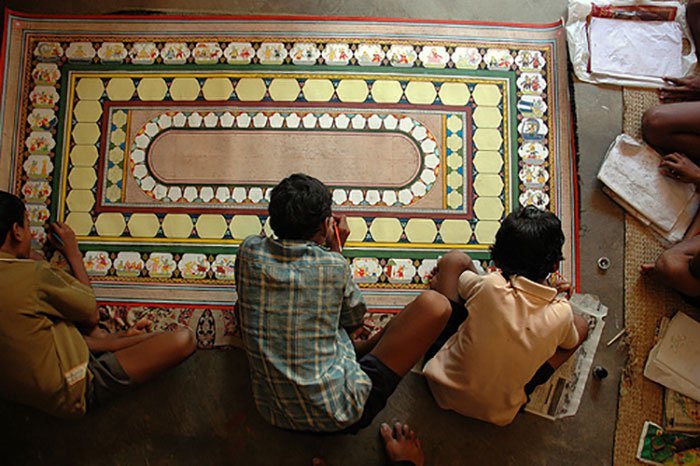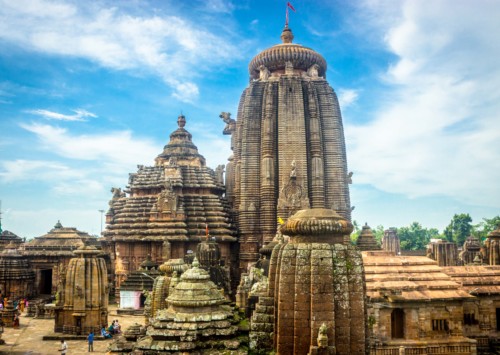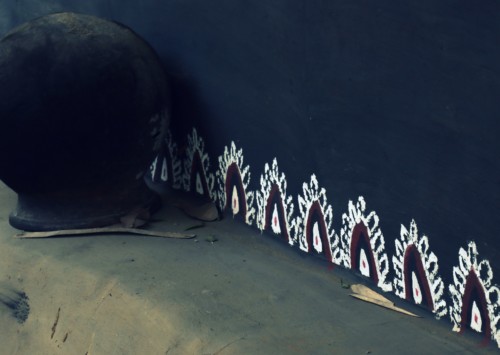Exploring the art, culture and biodiversity of Odisha
A state on the eastern coast of India, Odisha is home to some of the most elaborate Indian temples, unique artworks, a vivid culture and some interesting creatures like Irrawaddy dolphins and red crabs.
Temples
Odisha is also known as the Land of Temples and rightly so; the various places of worship here have come to symbolise the state as a religious destination, while also telling its rich history, and representing the belief of many people from across the country. The temples of Odisha are considered to be the most stunning of all in India. Their architecture is intricate and planning is unique. The Jagannath Temple, Konark Sun Temple, Mukteswar Temple, Vaital Deul Temple, Rajrani temple, Brahmeshwar Temple have long represented the state. “In the state’s capital – Bhubaneswar – a city more than 1,000 years old, there are about 350 temples in an area as compact as 10 sq km,” shares Dr Nitin Bhanudas Jawale, director and additional secretary, Department of Tourism of Odisha. Some of these temples are also a part of a sacred religious circuit that many pilgrims traverse.
Biodiversity
In the heart of coastal Odisha is Asia’s largest brackish water lagoon – Lake Chilika. Ranging from 1,165 sq km in the rainy season to 906 sq km in the dry season, it extends from Bhusandpur in Puri district in the north to Rambha-Malud in Ganjan district in the South. The lake has been recognised as one of the most important wetlands in the world for the phenomenal variety of birds that migrate here. Over 160 species can be seen in the peak season-between November and February. White-bellied sea eagles, ospreys, golden plovers, sand pipers, flamingos, pelicans, shovellers, gulls, are some of the birds flying in from as far as Iran, central Asia and Siberia. Lake Chilika is also known for Irrawady dolphins, which are often spotted off Satpada island – a 30 km stretch of sand bounded by lagoon on three sides. Tourists also visit the Chandipur beach, which is known for its receding sea water during low tide, going back approximately five kilometres, and advancing to the shore during high tide, everyday – allowing people to walk in the sea, it makes for a unique site. The Talasari beach in Odisha is also popular for red crabs that pepper the beach in large numbers.
Culture
Temples, paintings, folklore, spirituality – there is diverse art and culture in Odihsa. Indigenous theatres – Prahalad-Nataka and the Dhanuyatra; folk dances like Chhow and Sambalpuri; tribal dances like Ghumura and Paraja; fairs like Bali Jatra; and Pattachitra art, tribal paintings, are just some elements that make for the rich culture of Odisha. The state is also home to 62 tribes who still live in primitive manners and the lifestyles of which are a major attraction for tourists. They wear different clothes, practice different cultures and speak varied languages. “In fact, the two tribes living close to each other might be speaking languages from different linguistic group – one from the Dravadian group, other from the Indo-Aryan group,” says Jawale. The tribal areas are also now accessible to tourists, he informs us.
Ninth largest state in terms of size, the state is an emerging tourists destination. With its unexplored biodiversity- waterfalls, a huge forest cover (about 35 pc of landmass), Odisha is a major attraction for nature lovers. A long coastline and a lot of water resources make it an ideal destination for cruise tourism, and the fact that it sits on the eastern coast of the country, the destination has a whole new array of offerings – very different from the much traversed western coast.

